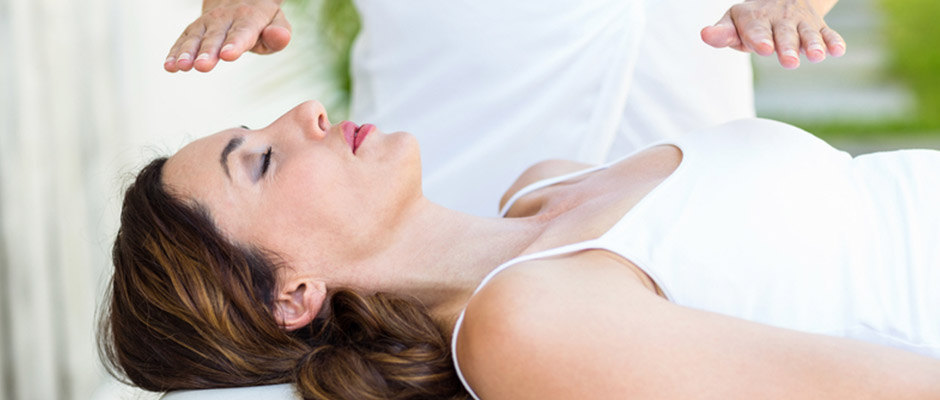
Reiki, as one of the universal healing practices, is variously interpreted and applied in cultures around the world. Knowledge of such diverse perspectives will contribute to our appreciation of the importance of Reiki in the world. In this manual, we are going to look at how different cultures embrace Reiki and at some unique ways in which the practice is done and respected across the world.
How is Reiki viewed in Western cultures?
Reiki, in the West, has been adapted and viewed as a complementary therapy system that can aid traditional medical treatments. It is extensively utilized for stress reduction, relaxation, and holistic healing, hence finding a wide acceptance among medical professionals and wellness communities.
Reiki and its integration into Western culture have evolved over the years. From largely being thought of with skepticism, it has gained recognition as a valued, complementary therapy in support of traditional treatments. Today, Reiki is a very common modality within hospitals and wellness centers for the release of stress and the enhancement of relaxation and well-being in many Western countries.
Its holistic approach, emphasizing the mind-body connection, resonates with the rising interest in integrative health care. It has also gained more acceptance due to its endorsement by some medical professionals. As a result, Reiki is becoming a popular alternative and complementary mode of healing in the West.
What does Reiki mean in Japanese culture?
Reiki in Japan is steeped in tradition, generally aligned with Buddhism. It is further viewed to be a harmonizing and balancing holistic healing art that has a heavy emphasis on spiritual and meditative aspects of the practice.
Reiki was originally from Japan, and the practice is largely associated with traditional spiritual and therapeutic methods from the land. In fact, Reiki is more of a spiritual art than it is a method of treatment in Japanese culture since it has been practiced to help bring harmony and balance to the individual.
Many practitioners tend to focus on the meditative and spiritual elements when administering Reiki treatments as a means of healing and self-development. This practice hereby incorporates into everyday life in service of sustaining general well-being and spiritual alignment. This is a cultural perspective emphasizing the holistic nature of Reiki in Japan, where it is highly regarded as a traditional healing modality.

How does Reiki integrate into the Indian healing tradition?
In India, Reiki is often combined with more traditional forms of Ayurvedic healing to round out the treatment approach. It is considered energy-based that interacts well with chakras-ensuring balance mentally, physically, and spiritually.
The introduction of Reiki to India naturally saw the modality take its place within Indian traditional healing, with Ayurveda in particular being one of the broader approaches used within the country.
Reiki finds its place in Indian culture as an energy-healing process that works best with the principles of balance and harmony within the body, as depicted by Ayurveda. Many are also combining Reiki with chakra healing; in their opinion, it is one of the strongest tools for aligning and balancing the energy centers in the body.
The holistic approach with which this modality is treated corresponds to a greater Indian concept of health as a state of interdependence among mind, body, and spirit. Reiki is, therefore, considered to be a very valuable addition to the mainstream healing treatment in order to bring about overall development in the well-being and spiritual growth of the individual.
What is the significance of Reiki in the healing tradition of Hawaiian people?
Reiki is usually paired with traditional Hawaiian healing in a “Lomi Lomi” massage. It adds further dimensions of healing, both physically and spiritually, to the more classic versions of Hawaiian healing.
Reiki has found unique usage inside Hawaiian healing traditions, particularly combined with the practice of Lomi Lomi massage. In Hawaii, healing very much concerns the flow of energy-“mana”-throughout the body, and Reiki is taken as a natural extension. In combining Reiki into Lomi Lomi, the practitioner aims at extending the therapeutic results more fully, thus relaxing and healing in a spiritual sense.
This reflects the equilibrium of physical, emotional, and spiritual well-being that is integrated into Hawaiian culture. Therefore, Reiki is considered as a form of complementary energy healing that is befitting in the nature of traditional Hawaiian practices due to its holistic and highly spiritual orientation.

How do Reiki view Latin American cultures?
Reiki practice is quite common in Latin America, combined with folk healing; the concept of energy rebalance is focused on spiritual cleansing. For this reason, it is considered a complementary therapy to traditional medicine; it promotes emotional and spiritual healing.
Most of the countries in Latin America have embraced Reiki and integrated it into their indigenous healing in ways that stress energy balancing and spiritual cleansing. The concept of energy or “energia” is at the core of such traditions; hence, Reiki actually lends itself quite easily to their concept of health.
It is common for practitioners to use Reiki in conjunction with other traditional methods of treating the mind, such as herbal medicine and spiritual rituals, for emotional and spiritual well-being.
This blending of practices essentially reflects the richness of the region’s cultural heritage, whereby modern and ancient techniques of healing coexist in harmony. Because of this, Reiki is considered one of the therapeutic tools that increase the overall effectiveness of traditional medicine in Latin America.
In what ways has Reiki been applied within African traditions of healing?
Traditional African healing practices often combine Reiki with their indigenous practices, which hold great significance toward spiritual healing and communal welfare. It is also perceived as a complementary energy therapy that aligns with traditional beliefs in ancestral guidance and holistic health.
It means that Reiki has been integrated into African healing practices in a manner that best suits this continent, filled with a very rich spiritual heritage. Most of the various traditional healing practices emphasize spiritual well-being and ancestral guidance; hence, Reiki fits as an apt inclusion.
Many practitioners merge Reiki with indigenous methods like spiritual rituals and herbal medicines in order to treat health concerns holistically. This integration is a deep respect for the interrelatedness of mind, body, and spirit-a quality deeply inculcated into many African traditions. Reiki, in that sense, forms a useful complement to energetic therapy that assists in individual and community well-being in fulfillment of the broader goals behind traditional African healing practices.
Conclusion:
The influence of Reiki can be traced from the different approaches it has been incorporated into the cultural healing aspect around the world. It is in understanding such cultural perspectives that we learn to better appreciate its universal appeal and effectiveness. Recognition and respect for these differences can be better harnessed in service of Reiki for holistic healing and personal growth within diverse cultures.
